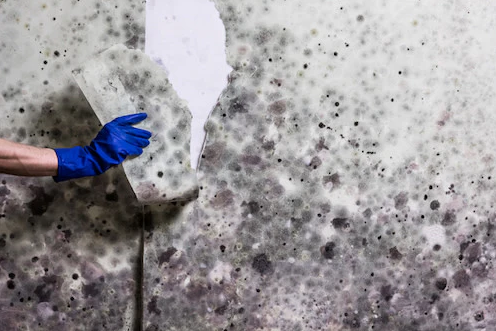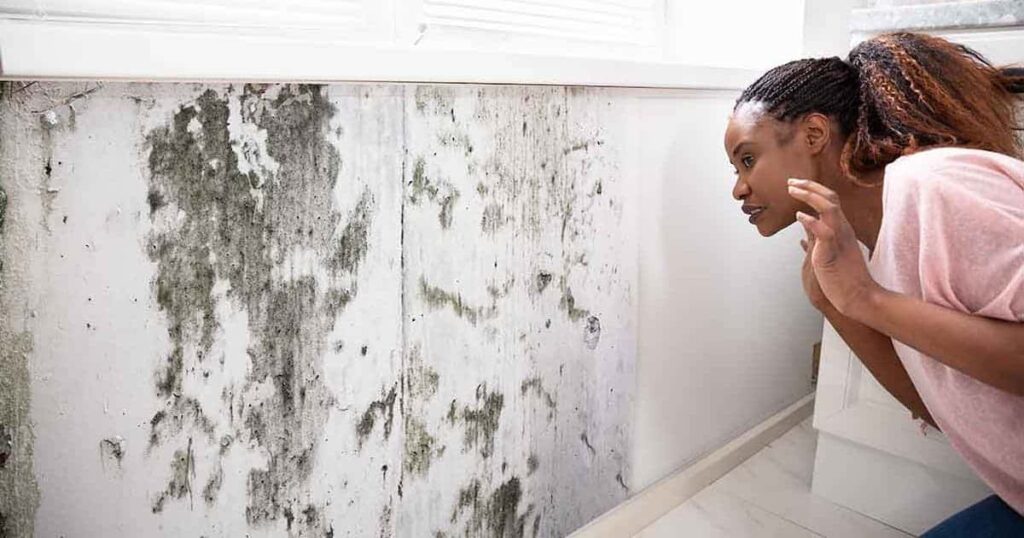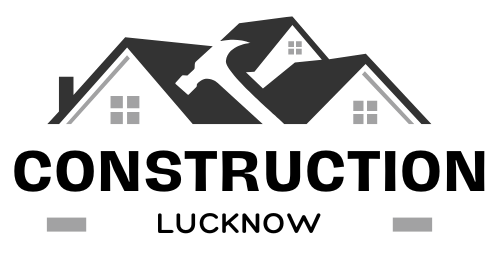Mold is something many of us don’t think about until it starts to spread in our homes. Whether you’re a homeowner or renter, it’s important to understand how to tackle this common problem. Today, we’ll explain what mold is, why it’s harmful, and most importantly, how to get rid of it. We’ll also provide some tips on how to prevent mold from coming back in the future.

What Is Mold?
Mold is a type of fungus that grows in damp or humid environments. It can appear in various colors—green, black, white, or even orange. Mold grows on surfaces where moisture accumulates, and it can be found both indoors and outdoors. The most common places for mold to thrive are bathrooms, kitchens, basements, and areas with leaks.
Why Is Mold Harmful?
Mold is not just unsightly; it can be harmful to both your health and your home. Prolonged exposure to mold can lead to a variety of health issues, including respiratory problems, skin irritation, and even allergies. People with asthma or weakened immune systems are particularly vulnerable to the effects of mold. Some types of mold, like black mold, can be especially toxic and pose a serious health risk.
Besides the health risks, mold can cause significant damage to your home. It eats away at surfaces like wood, drywall, and fabric, leading to structural issues and costly repairs if not addressed promptly.
How to Get Rid of Mold?
1. Identify the Source of Moisture
Mold needs moisture to thrive, so the first step in removing it is to find and fix the source of water. Whether it’s a leaky pipe, a broken roof, or condensation, addressing the moisture problem is essential to prevent mold from coming back.
2. Clean Small Areas of Mold
For small patches of mold, you can clean them yourself using common household products. Here’s how:
- Vinegar or Baking Soda: Both vinegar and baking soda are natural mold-fighting agents. Mix vinegar with water or make a paste with baking soda and water, and scrub the affected area with a brush or sponge.
- Bleach: If the mold is on non-porous surfaces (like tile or glass), bleach can be effective. Mix one cup of bleach with a gallon of water, and scrub the area thoroughly. Be sure to wear gloves and a mask to protect yourself from fumes.
- Hydrogen Peroxide: This is another natural disinfectant that can be sprayed directly onto moldy areas. It’s safe for most surfaces and can help kill mold spores.

3. Remove and Replace Severely Affected Materials
If mold has grown deeply into porous materials like drywall, insulation, or carpeting, cleaning them might not be enough. In these cases, it’s best to remove and replace the affected materials. If the mold has spread to a large area, it may be time to call in a professional.
4. Dry the Area Thoroughly
Once you’ve cleaned the mold, it’s essential to dry the area thoroughly. Use fans, dehumidifiers, or open windows to ensure that no moisture is left behind, as mold thrives in damp conditions.
Tips and Tricks for Mold Prevention
- Ventilate Your Home: Good airflow is essential for keeping humidity levels low. Open windows and use exhaust fans in areas like the kitchen and bathroom.
- Control Humidity: Use a dehumidifier to maintain humidity levels between 30-50%. This will prevent mold growth in areas like basements and bathrooms.
- Fix Leaks Quickly: Repair any leaks in pipes, walls, or the roof as soon as possible to avoid water pooling and creating mold-friendly environments.
- Regular Cleaning: Clean areas prone to mold, like bathrooms and kitchens, regularly. Pay attention to corners, behind appliances, and in damp areas.
- Use Mold-Resistant Products: When renovating, consider using mold-resistant paint, drywall, and insulation in high-moisture areas.

What to Do If the Mold Is Excessive?
If you find that mold is spreading rapidly in your home or you have significant mold growth in hard-to-reach places like air ducts, it’s time to call in a professional mold remediation service. Excessive mold can cause serious damage to your home and pose a health risk, so it’s best to have experts handle it. They have the tools, knowledge, and experience to remove mold safely and ensure that it doesn’t come back.
Common Questions
Can I get rid of mold on my own?
Yes, you can remove small amounts of mold with household cleaners and by following the steps mentioned earlier. However, if the mold is widespread or in hard-to-reach areas, it’s best to hire a professional.
How do I know if I have mold in my home?
Look for signs of mold like a musty odor, discolored patches on walls or ceilings, or health symptoms like coughing, sneezing, or skin irritation. If you’re unsure, you can also use a mold test kit to detect mold presence.
How do I prevent mold in the bathroom?
To prevent mold in bathrooms, use an exhaust fan while showering, regularly clean the tiles and grout, and keep the bathroom as dry as possible by wiping down wet surfaces.
What are the health symptoms of mold exposure?
Health symptoms can include coughing, sneezing, wheezing, skin rashes, eye irritation, and difficulty breathing. If you experience these symptoms, especially if you have asthma or allergies, seek medical attention.
How long does it take for mold to grow?
Mold can start growing in as little as 24-48 hours if the conditions are right (i.e., moisture and warmth). It’s important to address mold as soon as you notice it to prevent it from spreading.
Final Thoughts
Mold may seem like a small problem, but it can have significant consequences if left untreated. The key to managing mold in your home is prevention.
Regular cleaning, fixing leaks, and maintaining proper ventilation will go a long way in keeping mold at bay. If the problem becomes excessive, don’t hesitate to call a professional. Taking these steps will help keep your home safe and healthy for years to come.
